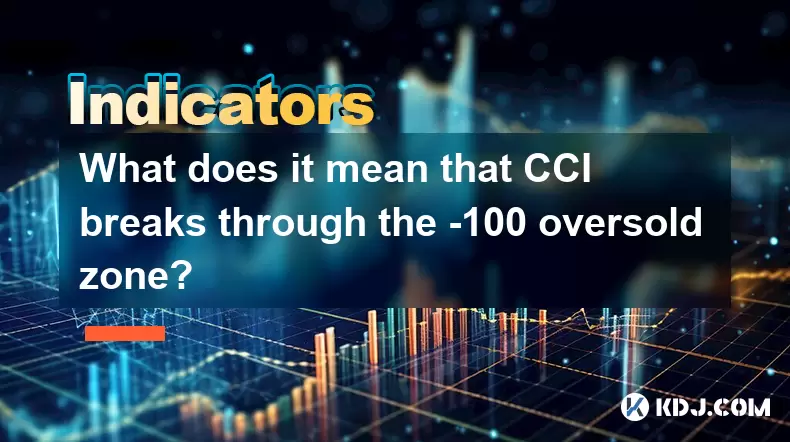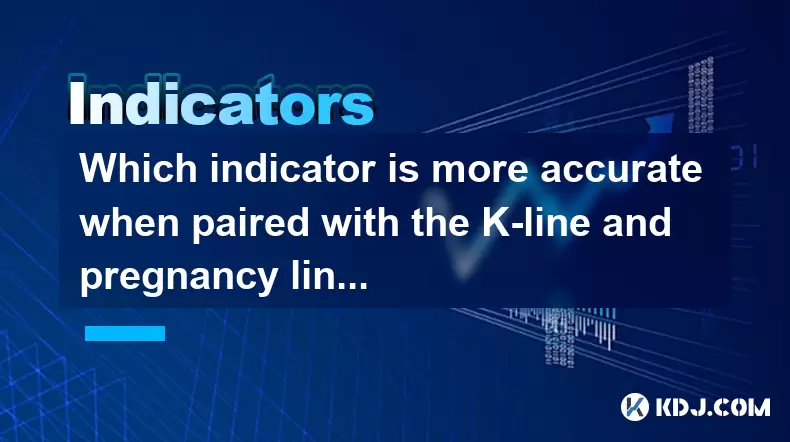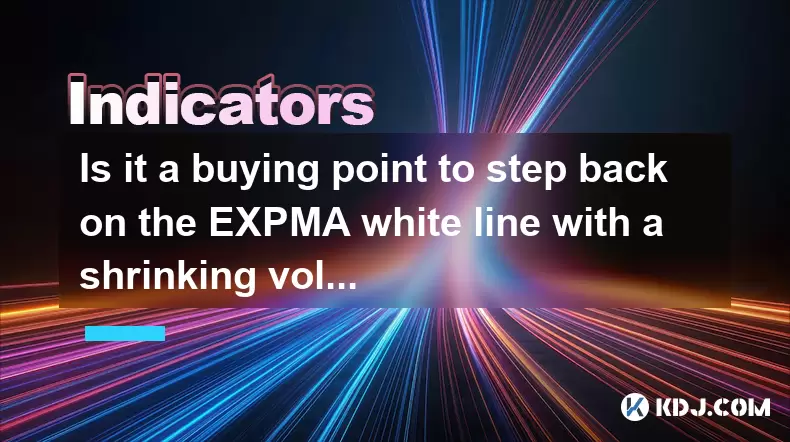-
 Bitcoin
Bitcoin $119300
1.07% -
 Ethereum
Ethereum $3730
3.87% -
 XRP
XRP $3.235
0.29% -
 Tether USDt
Tether USDt $1.000
0.00% -
 BNB
BNB $783.5
1.88% -
 Solana
Solana $188.7
0.25% -
 USDC
USDC $0.0000
-0.01% -
 Dogecoin
Dogecoin $0.2399
-0.44% -
 TRON
TRON $0.3157
2.37% -
 Cardano
Cardano $0.8254
1.94% -
 Hyperliquid
Hyperliquid $42.83
0.14% -
 Stellar
Stellar $0.4372
3.21% -
 Sui
Sui $3.859
4.91% -
 Chainlink
Chainlink $18.53
3.53% -
 Hedera
Hedera $0.2464
0.01% -
 Bitcoin Cash
Bitcoin Cash $519.8
2.46% -
 Avalanche
Avalanche $24.24
2.17% -
 Litecoin
Litecoin $113.7
0.73% -
 UNUS SED LEO
UNUS SED LEO $8.990
0.30% -
 Shiba Inu
Shiba Inu $0.00001390
0.21% -
 Toncoin
Toncoin $3.188
1.49% -
 Ethena USDe
Ethena USDe $1.001
0.02% -
 Polkadot
Polkadot $4.090
-0.91% -
 Uniswap
Uniswap $10.40
4.08% -
 Monero
Monero $326.6
3.12% -
 Bitget Token
Bitget Token $4.627
-0.42% -
 Pepe
Pepe $0.00001281
0.76% -
 Dai
Dai $1.000
0.01% -
 Aave
Aave $291.6
0.98% -
 Cronos
Cronos $0.1269
7.26%
What does it mean that CCI breaks through the -100 oversold zone?
A CCI breakout above -100 from oversold levels signals weakening bearish momentum, especially when confirmed by volume and support, offering a potential long entry in crypto trading.
Jul 24, 2025 at 01:00 am

Understanding the CCI Indicator in Cryptocurrency Trading
The Commodity Channel Index (CCI) is a momentum-based oscillator widely used in cryptocurrency trading to identify overbought and oversold conditions. Originally developed for commodities, the CCI has proven effective in analyzing digital asset price movements due to their high volatility. The indicator fluctuates above and below a zero line, with typical thresholds set at +100 and -100. When the CCI moves beyond these levels, it signals strong momentum in the respective direction. A reading above +100 suggests bullish momentum, while a reading below -100 indicates bearish momentum. The significance of the CCI breaking through the -100 oversold zone lies in its potential to signal a reversal or continuation of price trends in crypto assets.
What Happens When CCI Drops Below -100?
When the CCI drops below -100, it indicates that the cryptocurrency is in an oversold condition. This means the asset has been sold aggressively over a short period, potentially leading to exhaustion among sellers. The drop below -100 reflects strong downward momentum, often driven by panic selling, negative news, or broader market downturns. However, being oversold does not automatically mean the price will reverse upward. In strong downtrends, the CCI can remain below -100 for extended periods. Traders must distinguish between a temporary oversold bounce and a sustained trend reversal. The key signal occurs when the CCI begins to rise back toward -100 from deeper levels such as -150 or -200, suggesting weakening bearish pressure.
Interpreting a Breakthrough from the -100 Oversold Zone
A breakthrough upward from the -100 oversold zone occurs when the CCI crosses back above -100 after being below it. This movement is interpreted as a potential reversal signal, indicating that selling pressure is diminishing and buyers may be stepping in. For example, if Bitcoin’s CCI was at -130 and then rises to -90, this suggests a shift in market sentiment. The breakthrough becomes more significant when accompanied by increasing trading volume and bullish candlestick patterns such as hammer or bullish engulfing formations. Traders often use this signal in conjunction with support levels on the price chart. If the CCI breaks above -100 while the price bounces off a known support level, the probability of a successful reversal increases.
How to Use the CCI Breakthrough in Live Trading
To effectively trade a CCI breakout from the -100 oversold zone, follow these steps:
- Open your preferred cryptocurrency trading platform such as TradingView or Binance.
- Select the cryptocurrency pair you wish to analyze, for example, ETH/USDT.
- Apply the CCI indicator to the chart with the default period of 14.
- Adjust the indicator settings to display horizontal lines at +100 and -100 if not already visible.
- Monitor the CCI line for movements below -100 and subsequent upward crosses.
- Wait for the CCI to cross above -100 while checking for confirmation from price action.
- Look for a close of the candle above a recent swing low or a break of a short-term downtrend line.
- Enter a long position once both the CCI and price confirm the reversal.
- Set a stop-loss just below the recent price low to manage risk.
- Place a take-profit target at the next resistance level or use a risk-reward ratio of at least 1:2.
This method helps filter false signals, especially in choppy or ranging markets where the CCI may briefly dip below -100 without a strong follow-through.
Common Misinterpretations and Risk Management
A frequent mistake is assuming that any CCI move above -100 guarantees a price increase. In strongly bearish markets, the CCI may briefly rise above -100 before plunging again, creating a false breakout. To avoid this, traders should incorporate additional tools such as moving averages, RSI, or MACD for confirmation. For instance, if the 50-period EMA is sloping downward and price is below it, a CCI reversal may lack sustainability. Risk management is crucial—never risk more than 1-2% of your trading capital on a single CCI-based trade. Use position sizing based on your stop-loss distance and account size. Also, avoid trading this signal during major news events or low-liquidity periods when price spikes can distort the CCI readings.
Backtesting the CCI Oversold Breakthrough Strategy
To validate the effectiveness of the CCI -100 breakout strategy, conduct a backtest using historical data:
- Choose a cryptocurrency with sufficient historical data, such as BTC/USD.
- Set up the CCI (14) on a 4-hour or daily chart.
- Identify all instances where CCI dropped below -100 and later crossed back above it.
- Record the price action at the time of the breakout—did it lead to a rally?
- Measure the percentage of winning trades over a 6-month or 1-year period.
- Adjust entry rules—for example, require the CCI to stay above -100 for two consecutive candles.
- Test variations, such as combining with volume or Bollinger Bands.
- Use a spreadsheet or backtesting software to calculate win rate, average gain, and drawdown.
This process helps determine whether the strategy performs consistently across different market conditions and reduces emotional bias in live trading.
Frequently Asked Questions
Can the CCI remain below -100 for a long time in a downtrend?
Yes, in strong downtrends, the CCI can stay below -100 for extended periods. This reflects sustained selling pressure and does not necessarily indicate an imminent reversal. Traders should avoid assuming a bounce just because the asset is oversold.
Should I use a different CCI period for cryptocurrencies?
The default 14-period CCI works well for most crypto traders. However, for faster signals on shorter timeframes like 15-minute charts, a lower period such as 10 may be used. For swing trading, a higher period like 20 can reduce noise.
Does the CCI breakthrough work on all cryptocurrencies?
The signal is more reliable on high-liquidity coins like Bitcoin and Ethereum. Low-cap altcoins with erratic price movements may generate frequent false signals due to manipulation or low volume.
How do I combine CCI with support and resistance levels?
Plot key support and resistance zones on your chart. A CCI breakout from -100 near a strong support level increases the likelihood of a successful reversal. Conversely, a breakout without support confirmation should be treated with caution.
Disclaimer:info@kdj.com
The information provided is not trading advice. kdj.com does not assume any responsibility for any investments made based on the information provided in this article. Cryptocurrencies are highly volatile and it is highly recommended that you invest with caution after thorough research!
If you believe that the content used on this website infringes your copyright, please contact us immediately (info@kdj.com) and we will delete it promptly.
- TRON, Crypto Payroll, and Stablecoins: A New York Minute on the Future of Finance
- 2025-07-25 08:30:11
- WazirX, Revote, and Crypto Unlock: A New York Minute on the Latest Developments
- 2025-07-25 06:50:11
- Hong Kong Stablecoin Regulation: Navigating the Hype and Hurdles
- 2025-07-25 08:30:11
- Bitcoin LTHs, CDD Ratio, and Distribution: What's the Deal?
- 2025-07-25 08:50:12
- Satoshi-Era Bitcoin Whale Awakens: $469 Million in BTC on the Move
- 2025-07-25 06:30:11
- TIA Tokens, Crypto Shift & Ripple Effect: What's the Deal?
- 2025-07-25 07:10:11
Related knowledge

Should I go all in when DIF crosses DEA?
Jul 25,2025 at 12:42am
Understanding DIF and DEA in MACD AnalysisWhen traders analyze DIF and DEA in the context of the Moving Average Convergence Divergence (MACD) indicato...

Should I go all in when the upper edge of the box is broken?
Jul 25,2025 at 01:50am
Understanding the 'Box' in Cryptocurrency Price ChartsThe term 'box' in cryptocurrency trading typically refers to a price consolidation range where t...

Should I go all in when the parabolic turning signal appears?
Jul 25,2025 at 06:36am
Understanding the Parabolic Turning Signal in Crypto TradingThe parabolic turning signal is a technical indicator derived from the Parabolic SAR (Stop...

Should I follow up with a full position when the trading volume suddenly increases?
Jul 25,2025 at 12:28am
Understanding Sudden Increases in Trading VolumeA sudden spike in trading volume often signals heightened market activity and can indicate that new in...

Which indicator is more accurate when paired with the K-line and pregnancy line combination?
Jul 25,2025 at 05:43am
Understanding the K-Line and Pregnancy Line CombinationThe K-line, also known as the Japanese candlestick chart, is a foundational tool in technical a...

Is it a buying point to step back on the EXPMA white line with a shrinking volume?
Jul 25,2025 at 08:56am
Understanding the EXPMA Indicator and Its White LineThe Exponential Moving Average (EXPMA) is a technical analysis tool widely used in cryptocurrency ...

Should I go all in when DIF crosses DEA?
Jul 25,2025 at 12:42am
Understanding DIF and DEA in MACD AnalysisWhen traders analyze DIF and DEA in the context of the Moving Average Convergence Divergence (MACD) indicato...

Should I go all in when the upper edge of the box is broken?
Jul 25,2025 at 01:50am
Understanding the 'Box' in Cryptocurrency Price ChartsThe term 'box' in cryptocurrency trading typically refers to a price consolidation range where t...

Should I go all in when the parabolic turning signal appears?
Jul 25,2025 at 06:36am
Understanding the Parabolic Turning Signal in Crypto TradingThe parabolic turning signal is a technical indicator derived from the Parabolic SAR (Stop...

Should I follow up with a full position when the trading volume suddenly increases?
Jul 25,2025 at 12:28am
Understanding Sudden Increases in Trading VolumeA sudden spike in trading volume often signals heightened market activity and can indicate that new in...

Which indicator is more accurate when paired with the K-line and pregnancy line combination?
Jul 25,2025 at 05:43am
Understanding the K-Line and Pregnancy Line CombinationThe K-line, also known as the Japanese candlestick chart, is a foundational tool in technical a...

Is it a buying point to step back on the EXPMA white line with a shrinking volume?
Jul 25,2025 at 08:56am
Understanding the EXPMA Indicator and Its White LineThe Exponential Moving Average (EXPMA) is a technical analysis tool widely used in cryptocurrency ...
See all articles

























































































